New Report: Risking Complacency
A Long-Term Assessment of the Inflationary Crisis and the Policy Response on Disabled Living Standards, ahead of the Autumn Statement 2023.
The Government’s response to the Cost-of-Living crisis has been one of the most expensive in Europe.
An inflationary shock, stemming from the acceleration of energy and food costs following Russia’s invasion of Ukraine, has simply widened the structural challenges for disabled people.
Yet nearly £100bn in one-off spending has simply passed through disabled households, without a meaningful improvement in wellbeing likely to be achieved throughout the mid-2020s.
Assuming the job is nearly done to due to lower headline inflation ignores how the crisis has tested the structural long-term wellbeing of disabled households, who are now even more vulnerable to a highly volatile environment, where the triggers for inflation remain ever present.
Recognising that long-term policy is required to build economic resilience means advancing welfare reforms and better safeguarding. It also means realising that whilst getting those disabled people who want to work, into work is essential, disabled people require a broader network of support and resources in order to stay and succeed in employment in the first place.
Our new report outlines the structural challenges that have led us to here, from energy security to the loss of financial resources. We conclude with Policy Implications for Energy, The Cost of Living, Employment and Welfare Reform.
Waterfall graph showing Government spending split between Energy Price Subsidies (~£40Bn) , Other Spending Measures (~£35bn) and Targeted Payments – through sets of one-off payments and the council-tax rebate being the smallest group contributor to total overall spending.
First Line chart showing CPIH and food prices indexed at October 2021 levels. Average food prices are nearly 30% higher in October two years later. Second Line chart showing CPIH, electricity prices and gas prices indexed at October 2021 levels. Electricity and gas prices are nearly 60% and 40% respectively higher than levels two years ago.
Bar chart with four colours to show split by type of disability payment (e.g., AA, DLA, PIP or devolved benefit). It shows that PIP has been replacing DLA and that overall spend will grow by 2027/28 driven by higher volumes of PIP claims. This is shown by a line arrow with two-points against the right-hand axis (% of working age pop claiming at least one disability benefit).



